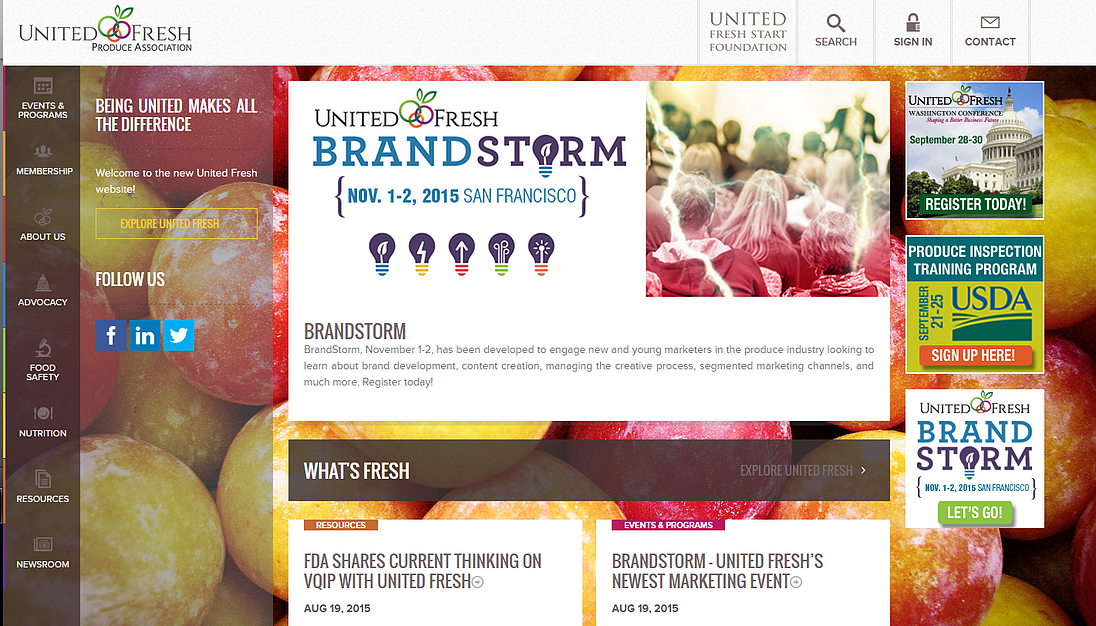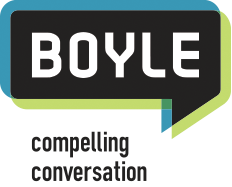How Hard is Your Website Working for You?
Your website is the online hub of your business where people come to learn, to engage, and ultimately, to make a purchase or a donation or to join a cause. It’s also your “digital workforce,” driving traffic and converting visitors. A successful website relies on a complex ecosystem, where the performance of each individual element impacts the health of the whole.
You can have clean, innovative web design, but it will go to waste if you don’t also have effective SEO to help people find your site. Blogging is a great way to build relationships, but you’ll be missing out on a lot of readers if your blog isn’t tightly integrated with your social media pages.
Every element of your website and inbound marketing plan plays a key role in the overall production, so getting it right requires a comprehensive approach. Start the process with our overview of core concepts below — then be sure to download our more detailed eBook, “25 Must-Haves for an Effective Website” to learn how you can make your website work harder for your business.
Design With The User in Mind
The first thing to realize when designing a website is that users have a choice. If your website is confusing, difficult to navigate, or not optimized for mobile browsing, you’ll have trouble earning repeat visitors. Aim for consistent, clear design, with navigation tailored to how you expect people to progress logically through your site.
-
Avoid cluttering pages with too many images, multimedia features, or blocks of text. All useful features, but striking the right balance between content and white space is vital to keep visitors from feeling intimidated.
-
For navigation, visitors should always know where they are, and how to get where they want to go. Use breadcrumbs so people can see how they reached their current location, and provide descriptive, logical labels for links within your site.
-
People are browsing the web on a more diverse set of devices than ever before. Make sure your website works as well on small screens as it does on big ones to capitalize on the popularity (and necessity) of mobile browsing. (Nothing says “dated” more than a site that requires people to use their fingers to enlarge the type!)
Make It Easy to Find
Incorporating lessons from effective websites is a great start, but only if your target audience is actually able to find your site. Search engine optimization (SEO) positions your site to rank highly in search results, and a high ranking is the best way to ensure a steady flow of new visitors.
-
On-page SEO should always be a part of your content creation process. Choose the right keywords to highlight, but don’t go overboard. Quality matters most.
-
There’s also plenty of SEO that goes on under the hood. Meta-tags, your sitemap, and how you label media all play an important part in SEO.
Create Content That Moves Prospects
Content is at the heart of effective websites. The words and topics you choose play a major role in your SEO, and in how readers perceive your business. By posting valuable, creative content, you also open up new social media opportunities, and the influx of new visitors that comes with them.
-
Lean on your expertise. You know a ton about the products or services you sell, and sharing that expertise is the best way to build your creditability — and relationships — with your readers.
-
Don’t limit yourself to one type of content. Blogging is vital, but you should also look for opportunities to offer educational content through whitepapers, eBooks, webinars, videos – whatever works for your business and audience. The website we helped United Fresh to develop below is full of engaging content for its membership!

Make the Conversion
Your design choices, SEO, and content creation all lead to this moment. It’s time to turn your interested prospect into a converted customer. If you’ve followed the design concepts mentioned above, you should be in excellent position to close the deal.
-
It’s all about the Call to Action (CTA). An effective CTA is clear, without feeling overly aggressive. Visually, you want a CTA to stand out from the rest of the page, but not excessively.
-
Landing pages are the perfect place to feature your best CTAs. When crafting a landing page, less is more. Give customers the information they need, but don’t overwhelm them.
-
The longer your sign-up forms are, the less likely people are to fill them out. Ask only for what you need, and keep forms simple to avoid confusion.
No matter what industry you’re in and what target group you seek, incorporating concepts from effective websites will help you grow your business. The common theme throughout all of our suggestions is that you want to make your site as easy and as engaging as possible. Incorporating the right design, content and tools will ensure that your website is out there working hard for you!
